Guide to Air Source Heat Pump Installation
Installing an air source heat pump is a rather complex task.
Hence, it’s best handled by a specialist installer.
In the below chapters, we outline the main stages of the installation process, along with key aspects relating.
Article Chapters
What is an Air Source Heat Pump?
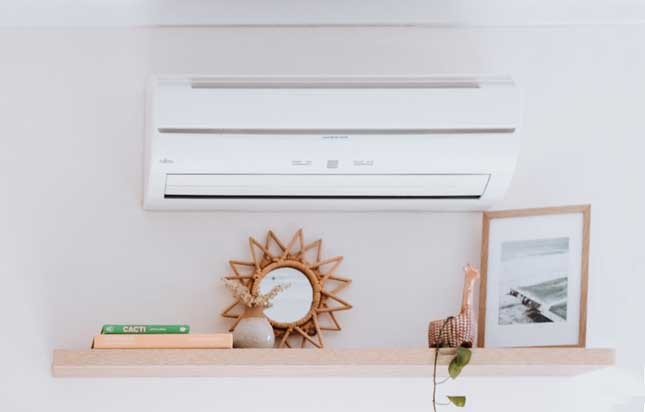
Image credit: Pexels
An air source heat pump works by extracting heat energy from the air, and converts it to use for indoor heating.
A well designed heat pump system has an ASHP efficiency of around 300%.
This is because for each unit of energy that it extracts from the air, an air source heat pump is capable of producing three to four times as much heat inside the particular property.
Air source heat pumps are thus considered to be very efficient.
What Does an Air Source Heat Pump Look Like?
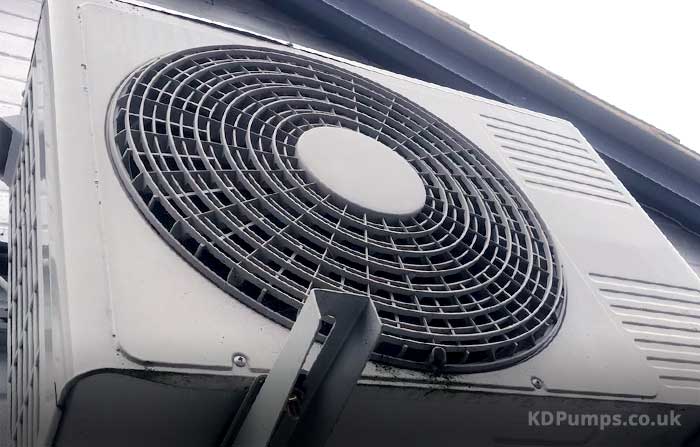
Image credit: KD Pumps
An air source heat pump unit is installed outside the house.
Inside there will be the controller and generally two cylinders.
The fan unit, which generally measures around 120cm by 100cm, and is around 40cm deep will be connected to a hot water cylinder.
Sometimes there may also be another cylinder.
There will also be some circulation pumps and pipework.
In case of underfloor heating, there will also be a control box for it.
Ideally these elements are placed in a plant room so that there is sufficient space for the pipework.
If everything is laid out in this manner, it will be easier for the installer to see the various components, circuits and controls.
It will also render things simpler for future maintenance and repairs too.
How Does an Air Source Heat Pump Work?
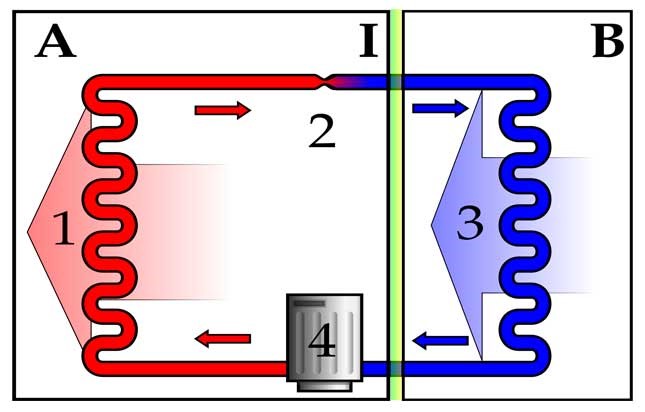
Image credit: Wikipedia
In a nutshell, this is how an air source heat pump works:
- The air source heat pump collects energy from the air. This energy gets absorbed from the air to the refrigerant located in the evaporator.
- Here the temperature of the refrigerant changes and it turns from a liquid to a vapour.
- This vapour is then compressed by means of an electrically driven compressor, which increases its temperature.
- The heat energy is released by the condenser into the system, including the hot water system.
- The cooled refrigerant will then cool down and become a liquid again, until the process starts all over again.
Benefits of an Air Source Heat Pump
Air source heat pumps offer various benefits.
For starters, since the energy is derived from the air, it is an environmentally friendly option.
Air source heat pumps are among the best ways to reduce your carbon footprint, while also helping you to save a considerable amount of money on your energy bills.
The running costs are relatively low, and you can even apply for a grant.
Air source heat pumps are preferable to ground source heat pumps as they are less costly to install, and require less space too.
In fact, they are generally preferred for smaller sites and are suitable in most urban properties.
Who Usually Installs a Heat Pump?
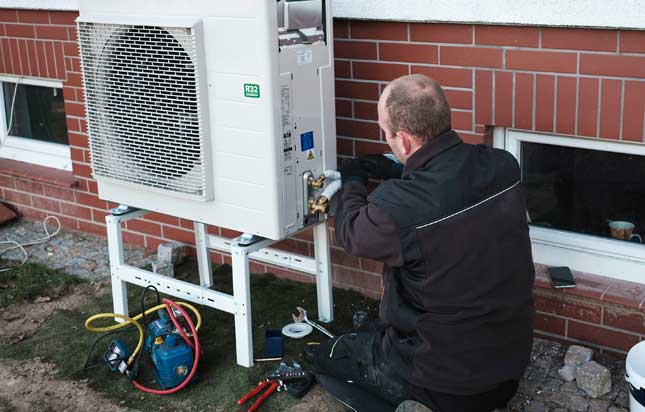
Image credit: Shutterstock
An air source heat pump can be installed in various kinds of properties, be they rural or urban, big or small.
In fact when it comes to this system, it is even more ideal than ground source heat pumps if size is a problem.
Should there not be enough space outside, an air source heat pump is the best option as all you need is some space for the unit that is fitted to an exterior wall.
This unit should have sufficient space around it so as to allow for a good air flow.
Air source heat pumps are also ideal if you have an underfloor heating system, or are going to install such a system.
This is because such heat pumps work particularly well with such systems as they are very efficient when it comes to producing low water temperatures.
If the property is well insulated, you will be able to benefit from even more efficiency when installing an air source heat pump.
Additionally, you will also be able to keep running costs even lower.
Installing an air source heat pump system is not something that is that simple.
Consequently, the general rule is to have a heat pump specialist or electrician to see to the installation properly.
Such a specialist will have the necessary understanding and knowledge of vapour compression cycle principles.
Plus, other key aspects relating to heating systems and their controls, not to mention the various electrical connections and plumbing circuits that need to be seen to.
How Much Does an Air Source Heat Pump Installation Cost?
Generally a well designed, high quality air source heat pump system will cost around £5,000, but you also need to factor in the installation cost.
To give you an idea, a property with an area of around 250 metres squared will total cost around £11,500.
This is because one will need to get a bespoke design which will be customised for that particular property.
There will be installation schematics to see to.
In most cases, installers will be able to offer a lifetime technical support service which will provide you with peace of mind.
It is also important to point out that the cost of installing an air source heat pump can be significantly reduced.
This is thanks to government incentives being offered such as the Boiler Upgrade Scheme which allows applicants to avail of a credit of £5000.
However, it is important to check whether the property in question conforms with the eligibility requirements.
How Long Does an Air Source Heat Pump Installation Take?
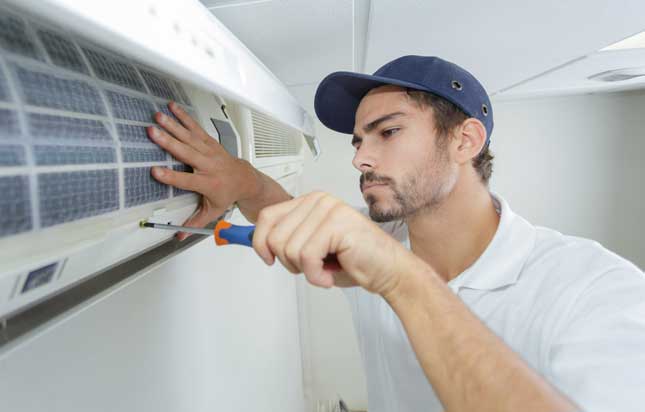
Image credit: Shutterstock
The complexity of the work will affect how long the installation process takes.
In some cases, it will take just a single day to install an air source heat pump system.
In other cases, there may need to be some preparation work carried out beforehand.
This could include building a solid base for the outdoor unit to be placed on.
The size of the property and whether there will be underfloor heating installed too, will make the installation process take longer.
What Will The Air Source Heat Pump Installer Do?
Purchasing and installing an air source heat pump comprises the following stages:
- You will need to get a quote from the air source heat pump supplier, which will be based following a property inspection and a discussion of your needs and expectations.
- Once you agree on an air source heat pump for your property, a plumbing and heating engineer will generally take care of the installation. The controls and the pipework of such a system are very similar to those of a traditional oil or gas boiler. The air source heat pump will be placed on a flat concrete base, along with flow and return heating pipes of the proper size, and the electrical power cable which will run from the outdoor unit and into the property.
- Electrical works will need to be carried out just as would be required for a gas or oil boiler. There will generally be mechanical and electrical drawings prepared to ensure that the air source heating system layout is made as planned.
- Once the installation of the mechanical and electrical components are completed, the air source heat pump unit will be up and running.
- The relevant paperwork for warranties, guarantees and to apply for government grants will also be provided. Some installers will also offer a maintenance package or aftercare support services.
Where Should We Install the Air Source Heat Pump?
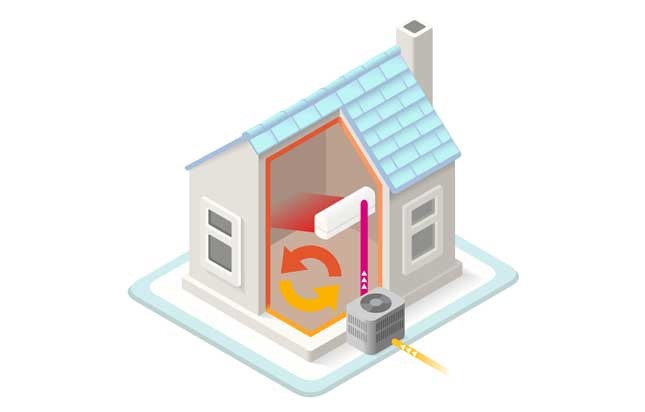
Image credit: Shutterstock
Despite the fact that air source heat pumps can be fitted even if space is somewhat limited, it is important to make sure that there is sufficient air flow.
Hence, an air source heat pump is best placed in an open space outside, such as a garden or patio, and not in a narrow area like an alleyway.
You will also need to bear in mind that when it comes to maintenance and repairs, it is best to ensure that the space is accessible.
Thus, placing it on the ground level rather than high up is recommended.
It is also important to mention that according to the planning permission regulations, an air source heat pump will need to be installed at least one metre from the property boundary.
In case it is installed on a flat roof, it is still important to make sure that it is one metre from the edge.
Air Source Heat Pump Installation Process
The air source heat pump unit will be placed outside the property, typically on a flat concrete base which will be able to offer it with proper stability.
As previously noted, it is important that the unit will have sufficient airflow.
The return and flow heating pumps, and the electrical power cables will flow from the system into the property.
This work will need to be completed outside, and once this is done the installer will then move to the inside so as to complete the rest of the installation process there.
At this point the installer will be connecting the new system to any existing radiators and underfloor heating system, if any.
In case there is a system already, this will need to be disconnected before installing the new one.
Property Inspection
When you consult an air source heat pump supplier, you need to make sure that you choose an experienced and reliable one.
The system needs to be designed in a way that it can operate efficiently, so that running costs can be kept low too.
The installer will thus need to inspect the property to be in a better position to offer you advice and guidance regarding an air source heat pump system that is most suited for your property.
This will also include full heat loss calculations in order to calculate the best size of the air source heat pump to be installed.
The installer will specify the heating capacity, the best location for the equipment, the various distribution networks as well as the user interfaces.
After this consultation, a quote will be provided.
Heat Pump Installation
Once everything is agreed, the heat pump installation can be scheduled.
The installer will fit the system according to the design that was prepared following the site inspection.
He will take care of the installation of the air source heat pump unit outdoors, as well as the various distribution networks, room thermostats and other requirements indoors.
There are various mechanical as well as electrical components that need to be completed, and this highlights the importance of hiring an experienced installer to ensure that the system is up and running in the most efficient way possible.
Can I Install a Heat Pump Myself?
Installing an air source heat pump is most definitely not a simple task, and so you should not consider it as a DIY job for sure.
Since there are various components involved, it is best to leave it in the hands of an experienced professional who will have the necessary training to back him up too.
In fact, it is important to make sure that the installer that you hire is an approved and accredited one.
The installer will also need to comply with certain codes of conduct and certify the installation.
Conclusion
Air source heat pumps offer several benefits and they are becoming increasingly popular.
It is important to ensure that you consult a professional company to choose the most suitable air source heat pump system for your property and ensure it is correctly installed.

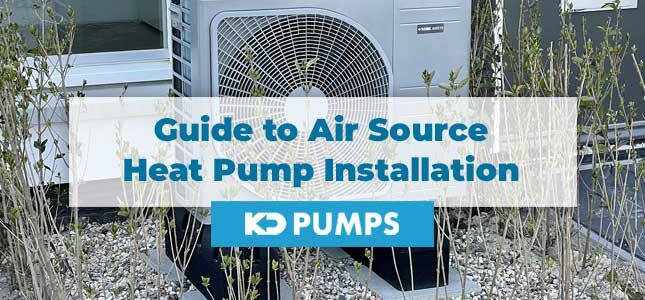
Comments are closed.